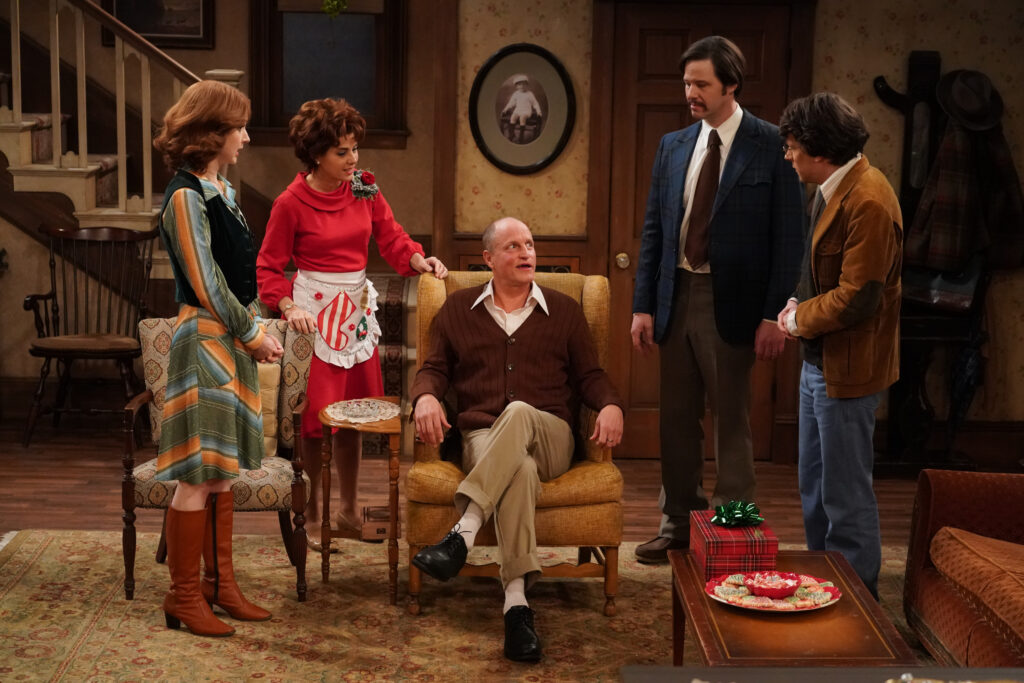
Introduction
“All in the Family” is widely regarded as one of the most groundbreaking and influential television sitcoms of the 1970s. Airing from 1971 to 1979, the show tackled controversial topics such as racism, sexism, and class struggles in a way no other show had done before. However, behind the humor and revolutionary storytelling, there were countless behind-the-scenes dramas that would shock even the most dedicated fans. In this article, we will uncover some of the juiciest secrets from the set of “All in the Family” that you may have never heard before!
Controversial Themes and Their Impact
“All in the Family” wasn’t just a sitcom—it was a cultural phenomenon. The show’s protagonist, Archie Bunker, portrayed by Carroll O’Connor, was a bigoted, working-class man whose views clashed with the changing social landscape of the 1970s. The writers of the show didn’t shy away from addressing sensitive issues like racial tension, the women’s rights movement, and LGBTQ+ rights. The controversial storylines, however, didn’t come without their share of backlash.
Many critics felt that the show was too harsh, while others praised its boldness for addressing these topics head-on. The writers of “All in the Family” pushed boundaries, but the show’s success also proved that audiences were ready for more nuanced, real-world storytelling on television.
Tensions Among the Cast
While “All in the Family” made waves for its tackling of controversial topics, it also had its share of internal drama. Carroll O’Connor, who played the iconic Archie Bunker, was known for his strong personality and his passionate dedication to the role. But his intensity sometimes caused friction with his fellow cast members, especially Jean Stapleton, who played his wife, Edith.
Stapleton was known to be an extremely talented and professional actress, but she and O’Connor had their disagreements about how to portray their characters. O’Connor’s domineering nature sometimes clashed with Stapleton’s more reserved approach. Despite these tensions, both actors had immense respect for each other’s craft and their on-screen chemistry was undeniable.
Feuds and Rivalries
While O’Connor and Stapleton’s disagreements were well-known, the show’s other actors also had their own behind-the-scenes battles. Rob Reiner, who played the liberal son-in-law Mike Stivic, and Sally Struthers, who played his wife Gloria, often found themselves in the middle of a generational and ideological divide. Reiner was vocal about his political beliefs, which sometimes led to heated debates on set. Meanwhile, Struthers struggled with the portrayal of her character, who was often the “victim” in family arguments, despite being a strong and independent woman in real life.
These tensions, however, did not overshadow the collective dedication of the cast to the show. “All in the Family” was a unique mix of bold humor and real-world commentary, and the actors’ passionate involvement is what made it so impactful.
Conclusion
“All in the Family” was much more than just a sitcom—it was a vehicle for change, addressing uncomfortable truths about American society. But as with any groundbreaking show, the real drama often happened off-screen. The behind-the-scenes tensions, clashes of ideologies, and personal struggles only add to the allure of this legendary series. The drama of “All in the Family” didn’t end when the cameras stopped rolling—it was just beginning.
